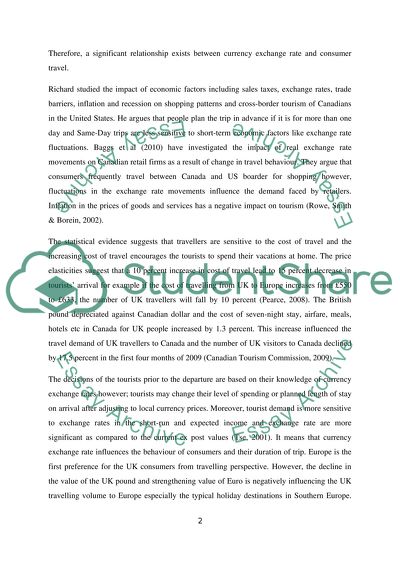Cite this document
(“Literature review and project specification : The influence of Dissertation”, n.d.)
Retrieved from https://studentshare.org/family-consumer-science/1408936-literature-review-and-project-specification-the
Retrieved from https://studentshare.org/family-consumer-science/1408936-literature-review-and-project-specification-the
(Literature Review and Project Specification : The Influence of Dissertation)
https://studentshare.org/family-consumer-science/1408936-literature-review-and-project-specification-the.
https://studentshare.org/family-consumer-science/1408936-literature-review-and-project-specification-the.
“Literature Review and Project Specification : The Influence of Dissertation”, n.d. https://studentshare.org/family-consumer-science/1408936-literature-review-and-project-specification-the.


